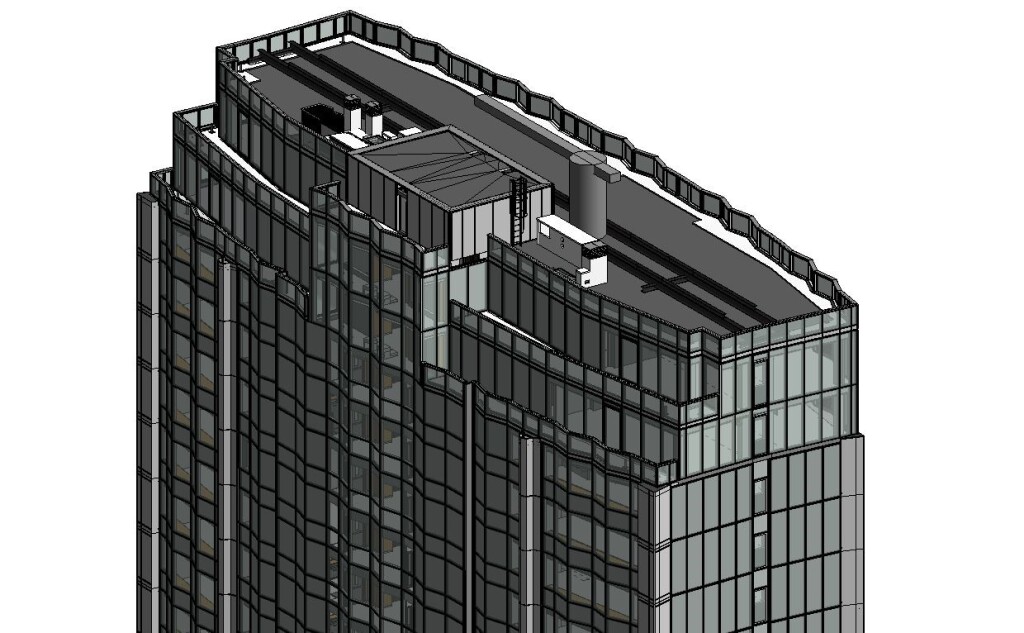AUTHOR: Lucia Consales, Erica Viva
TUTORS: Ing. Giovanni Franchi
MASTER: Project management in construction works with BIM
La tesi indaga il percorso tecnico gestionale che, partendo dal progetto costruttivo di un immobile, si evolve attraverso fasi progettuali, costruttive/operative ed emissione di documentazione As Built fino ad arrivare alla gestione e manutenzione dell’immobile stesso.
Elementi chiave di questo percorso sono il software BIM e la piattaforma CDE, Common Data Environment.
Il primo, il software BIM, per natura incentiva un approccio globale e coordinato, coinvolgendo tutte le figure partecipanti alla progettazione, alla costruzione e alla gestione dell’edificio. Consente di raccogliere, all’interno di un unico modello informativo, tutti i parametri, geometrici e informativi, ritenuti necessari per lo scopo prefissato.
Il secondo, il CDE, consente di passare dal progetto al processo di gestione. Il CDE è l’ambiente di condivisione dei dati, spazio per l’interfaccia fra le figure coinvolte, ma anche spazio di archiviazione dei modelli informativi.
Nel caso specifico il Committente e il General Contractor hanno insieme tracciato il percorso verso gli obiettivi prefissati, la realizzazione del complesso immobiliare denominato Corso Como Place a Milano e del corrispondente modello informativo As Built (organizzato secondo una WBS articolata, popolato da tutte le informazioni necessarie per la gestione del costruito) nonché lo studio e la messa a disposizione di un ambiente di condivisione dati utile per le fasi di cantiere e di manutenzione.
Da un modello esecutivo si è realizzato dapprima un modello “costruttivo” per la fase di cantiere, utile per fornire soluzioni in tempo reale e come strumento di analisi delle interferenze fra i modelli federati delle differenti discipline (clash detection).
La fase successiva ha riguardato l’implementazione del modello, ulteriormente arricchito (popolato) con la documentazione tecnica di fine lavori (schede tecniche, As Built, collaudi, certificazioni, ecc), fino ad arrivare alla fase As Built, che, tramite un CDE consente di rendere consultabile e fruibile il modello da chiunque ne abbia l’autorizzazione.
La tesi analizzerà il workflow della commessa evidenziando le modalità di gestione dei processi e i punti critici rilevati durante l’avanzamento del cantiere fino alla fase As Built.
In particolare, si evidenzieranno le criticità emerse a causa della mancanza di una fase iniziale di coordinamento propedeutica dapprima alla progettazione costruttiva e successivamente alla fase As Built.
FOR INTERNATIONAL STUDENTS:
The thesis investigates the technical management path that, starting from the construction project of a property, evolves through design, construction / operational phases and the issuing of as-built documentation up to the management and maintenance of the property itself.
Key elements of this path are BIM software, Building Information Modeling, and the CDE, Common Data Environment.
The first element, BIM software, encourages by nature a global and coordinated approach, involving all the people involved in the design, construction and management of the building. It allows the collection, within a single information model, of all the geometric and informational parameters deemed necessary for the intended purpose.
The second element, CDE, allows to move from the project stage to the management process. The CDE is the data sharing environment, meaning both the interface between the professionals involved and the storage space for information models.
In the specific case, the Client and the General Contractor together traced the path towards the set objectives, the construction of the real estate complex called Corso Como Place in Milan and the corresponding As Built information model (organized according to an articulated WBS, populated by all the necessary information for building management) as well as the study and provision of a data sharing environment useful for the construction and maintenance phases.
From an executive model, a “constructive” model was first created for the construction phase, in order to provide solutions in real time and as a tool for analyzing the interference between the federated models of the different disciplines (clash detection).
The next phase involved the implementation of the model, further enriched (populated) with the technical documentation of the end of works (technical data sheets, as built, tests, certifications, etc.), up to the as built phase, which, through a CDE allows to make the model accessible and usable from anywhere by anyone possessing the required authorization.
The thesis will analyze the workflow of the project, highlighting the process management methods and the critical points detected during the progress of the construction site up to the as built phase.
We will also highlight the problems that emerged due to the lack of an initial phase of preparatory coordination, prior to the construction design and subsequently to the as built phase.


